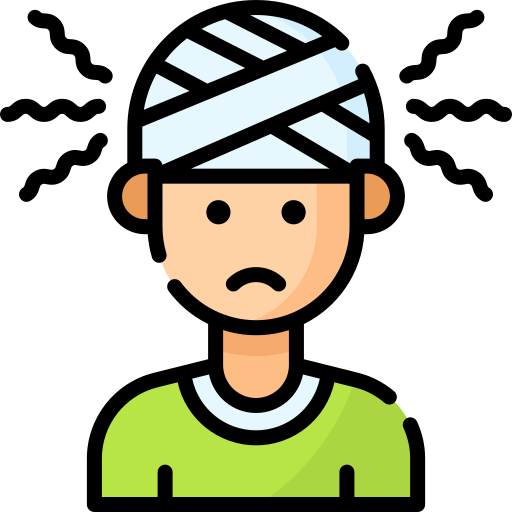TBI

Overview:
- Once post-resuscitation GCS ≤ 8 is confirmed, do full instrumentation if able (EVD, Licox, Codman). May instrument if GCS is > 8 and there is concern that intracranial hypertension may develop. If not able to place all devices, EVD is most important. Limit movement of patients (to CT scan, IR, radiology, etc) once monitors are placed to avoid ICP spikes and dislodging of devices
- Keep sedated/paralyzed (first-line ICP therapies) for at least 48 hours. Keep sedated/paralyzed throughout cooling and rewarming of all kids who are made hypothermic. EVD at 10 cm above midbrain and open to drain
- Continuous EEG for all kids while paralyzed
- Keep PaCO2 ~ 32mHg as baseline. May decrease it if ICP is high and PbtO2 is high (theoretically hyperemic phase). May increase it if ICP is low and PbtO2 is low (theoretically oligemic phase). Volume control is preferred for smoothest maintenance of PaCO2
- Maintain CPP within age-related norms (>50 for infants under 6 months, > 55 for children under 2 years, > 60 for all others) using fluids and vasopressors
- ICP spikes (sustained for greater than 5 minutes over 20 mmHg) treated with stepwise increases in therapy
- 3%NaCl (3-5 mL/kg over 30-60 minutes)] OR mannitol (0.5-1 g/kg slow IV push – If serum osmol <320). Don’t give mannitol if serum Osm > 320. Try not to push serum Na greater than 160s
- pentobarbital (10 mg/kg load then infusion at 1-6 mg/kg/hour)) if other causes of ICP spikes ruled out
- If osmolar/pentobarbital fail, consider surgical options or induced hypothermia off-protocol
- Only wean ICP therapies after at least 24 hours of stability (no ICP spikes) and after period of maximal swelling. Take most high-risk therapy away first. Do not change more than one parameter at a time
- Normal saline is required throughout the course. No dextrose in fluids for the first 48 hours unless hypoglycemic (serum glucose < 70). Start non-dextrose containing TPN on post trauma day 1. Continue intralipids regardless of pentobarbital dosing. Discontinue intralipids if pancreatitis or hyperlipidemia documented
- Start antiepileptic (prefer: fosphenytoin 20 mg/kg over 10 minutes [Watch low BP])
- Narcotic sedation only (fentanyl preferred). May start methadone later as trying to wean. May use boluses of pentobarbital if sedation is related to ICP spikes
- Transfuse to keep Hb > 9, INR < 1.5 and platelets > 100K. These goals can be modified based on surgical bleeding risks
- Antibiotics for instrumentation at the discretion of Neurosurgery
- Antibiotics for suspected infection at the discretion of CCM
Tx for ICP Spikes:
- keep head midline
- open EVD to drain
- elevate HOB to 30°
- maintain PaCO2 30-35°C
- consider HTS bolus
- control fever with Tylenol/cooling blanket/cold saline
- opioids for sedation/movement
- paralyze
- consider pentobarbital
- repeat Head CT
- update/discuss with NSx
Useful questions/formulas:
- Cerebral perfusion pressure = MAP – (ICP, CVP or ITP)
- CBF= 20 mL/100g/min
TBI Management Goals: | |
|---|---|
| Maintain CPP within age-related norms (>50 for <6mo, > 55 for < 2yo, > 60 for all others) | Brain/core temp 37 ±0.5 C (cooling blanket if needed) |
| ICP < 20 | PbtO2 > 25 |
| Na > 140-145 | O2 sats > 93%, PaCO2 near 32 mmHg |
| Hb > 9, Hct >21%, INR < 1.5 and platelets > 100K | Glucose 80-150 |
| Adequate sedation/analgesia | Fluids to maintain CVP 5-10 mmHg |